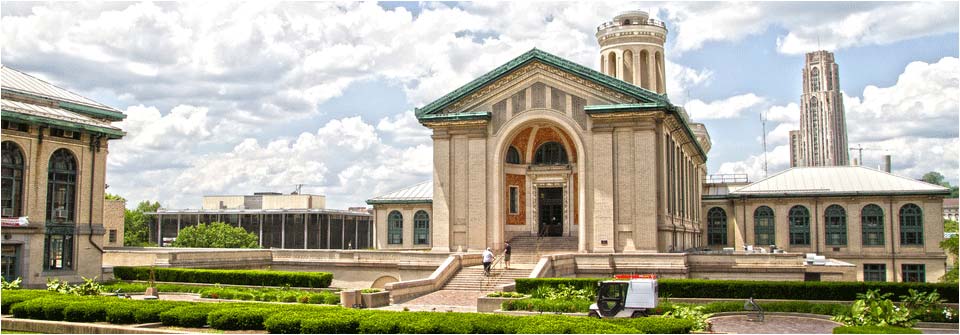Team:Carnegie Mellon
From 2012.igem.org
(Difference between revisions)
JSalazar88 (Talk | contribs) |
JSalazar88 (Talk | contribs) |
||
| Line 356: | Line 356: | ||
<ul> | <ul> | ||
<li><a href="https://2012.igem.org/Team:Carnegie_Mellon" title="Home"><span>Home</span></a></li> | <li><a href="https://2012.igem.org/Team:Carnegie_Mellon" title="Home"><span>Home</span></a></li> | ||
| - | <li><a href="https://2012.igem.org/Team:Carnegie_Mellon/ | + | <li><a href="https://2012.igem.org/Team:Carnegie_Mellon/Overview" title="Overview of the biology" rel="dropmenu1_a"><span>Overview</span></a></li> |
| - | <li><a href="https://2012.igem.org/Team:Carnegie_Mellon/ | + | <li><a href="https://2012.igem.org/Team:Carnegie_Mellon/Team" title="Meet the team" ><span>The Team</span></a></li> |
| + | <li><a href="https://2012.igem.org/Team:Carnegie_Mellon/BioBricks" title="Our submitted BioBrick<sup>TM</sup> BioBricks" rel="dropmenu1_a"><span>BioBricks</span></a></li> | ||
<li><a href="https://2012.igem.org/Team:Carnegie_Mellon/Notebook" title="Details of labwork, in realtime"><span>Notebook</span></a></li> | <li><a href="https://2012.igem.org/Team:Carnegie_Mellon/Notebook" title="Details of labwork, in realtime"><span>Notebook</span></a></li> | ||
| - | |||
| - | |||
<li><a href="https://2012.igem.org/Team:Carnegie_Mellon/Modelling" title="Modelling" rel="dropmenu2_a"><span>Modelling</span></a></li> | <li><a href="https://2012.igem.org/Team:Carnegie_Mellon/Modelling" title="Modelling" rel="dropmenu2_a"><span>Modelling</span></a></li> | ||
| - | <li><a href="https://2012.igem.org/Team:Carnegie_Mellon/ | + | <li><a href="https://2012.igem.org/Team:Carnegie_Mellon/Results" title="Results" rel="dropmenu1_a"><span>Results</span></a></li> |
| - | <li><a href="https://2012.igem.org/Team:Carnegie_Mellon/ | + | <li><a href="https://2012.igem.org/Team:Carnegie_Mellon/Human_Practice" title="Human Practice" rel="dropmenu2_a"><span>Human Practice</span></a></li> |
| - | + | ||
| - | + | ||
<li><a href="https://2012.igem.org/Team:Carnegie_Mellon/Acknowledgements" title="Acknowledgements" ><span>Acknowledgements</span></a></li> | <li><a href="https://2012.igem.org/Team:Carnegie_Mellon/Acknowledgements" title="Acknowledgements" ><span>Acknowledgements</span></a></li> | ||
| + | <li><a href="https://2012.igem.org/Team:Carnegie_Mellon/FAQ" title="Frequently asked questions" ><span>FAQ</span></a></li> | ||
</ul> | </ul> | ||
</div> | </div> | ||
Revision as of 13:04, 9 June 2012
Team:Carnegie_Mellon
From 2012.igem.org
Contents |
Introduction: Motivation
- We seek to develop a BioBrick that will allow researchers in the field of synthetic biology to accurately measure translational efficiency, and transcriptional strength.
- We believe that we can use Spinach as a biosensor to reflect these metrics in vivo, rather than in vitro, which has previously proven to be very costly and impractical.
- We will characterize the relationship between genetic expression of Spinach (upstream), translational efficiency, and transcriptional strength.
Place abstract/info here
Motivation question?
Humanistic implications go here
Primary Objective: A Useful BioBrick for Synthetic Biologists
We have been xxxxxyyyy for the purpose of xxxyyy which is detailed by the following:
- something great
- something greater
- something awesome
This will be xxxyyy
Secondary Objective: Secondary Objective
We have also been continuing the work of our 2012 team in engineering Escherichia coli to be awesome. Here is a link to awesomeness (WHO).
Further Considerations
In the pursuit of our project, as well as the biological aspects, we:
- considered aspects of scale-up, including the ethical, legal and social implications of our potential final product, MicroMaize,
- programmed a new piece of software for use in metabolic modelling,
- developed and tested a number of new techniques to make the process of creating BioBricksTM that little bit easier,
- collaborated with the University of Guelph team, sharing carotenoid synthesis genes, flux modulators, and gram positive plasmids.
 "
"



